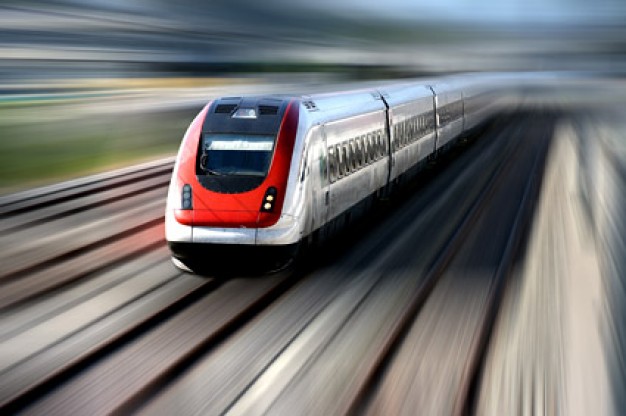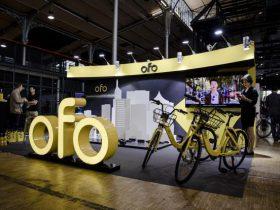Thanks to the hard work of Hawaii’s elected officials and civic leaders, Honolulu is on track to realizing a high-capacity, mass transit system — one that has been planned for decades and will be an important part of Honolulu’s future. Even with 120,000 passengers shuttling back and forth across Oahu on the rail system by 2030, there will still be plenty of cars on the road.
Rail is critical to, but only part of, the mobility and transportation future for Hawaii. That future will also include electric and driverless cars on our streets and highways. With the advent of app-based ride-sharing services and even autonomous shuttles, this future is also trending to a significant reduction in car ownership.
Some people have suggested that such technological innovations, however, will make our rail system irrelevant or obsolete. In such a transportation future, however, our city’s driverless, electric trains will be even more important and more relevant than ever.

The rail guideway along Kamehameha Highway near the Aloha Stadium with a Waikiki Trolley in the foreground. Rail is just one part of Honolulu’s multi-modal transportation future.
Complementing Public Transportation
Under the emerging shared mobility ecosystem, people will be able to choose from a variety of transportation systems that best meet their needs. For many trips, the combination of walking or biking and public transit will often be the most economical, reliable and comfortable transportation option.
Much of Honolulu’s population already lives and works within a narrow urban corridor sandwiched between the mountains and the ocean. This is where we are building the rail line, and most people will be able to get to a rail station simply by walking, biking or taking a short bus ride.
As rail stations come online and become the major hubs in each community, travel patterns will shift accordingly. By focusing public transit and even shared-ride services at these stations, communities will be able to support more frequent service — making it more competitive to the personal automobile.
On-demand ride-sharing services and autonomous vehicles will be able to provide mobility options that will complement traditional public transit routes. Several companies are developing small, driverless shuttles that can carry up to a couple of dozen people over short distances.
In the future, such technologies could provide convenient services to and from the rail stations, especially during off-peak hours when demand is lower. These “first-mile, last-mile” services will work together with rail to increase mobility options and improve overall public transit service.
Indeed, a recent study by the American Public Transit Association has found that as more people use shared transportation modes like car-sharing or ride-sharing services, they are also more likely to use public transit. Furthermore, households who do take advantage of these shared modes tend to own fewer cars and spend less on transportation overall.
Not A Congestion Solution
Whether or not cars are driven by people or computers, automobile congestion will continue to be one of the biggest challenges to mobility on our island.
Our roadway network and parking lot infrastructure has a finite capacity, and fleets of driverless cars will not be able to reduce congestion or travel times during peak commute periods as Honolulu’s population continues to increase.
The city estimates that Oahu’s population will increase by 14 percent by 2030, to about 1.1 million residents. With our limited streets and parking lots, mass transportation will need to be part of the congestion solution.
The Honolulu rail system can move more than 7,200 passengers per hour per direction.
Rail transit remains the best solution for providing frequent, reliable transportation across the island.
Each of Honolulu’s driverless trains will be able to carry more than 600 people at a time, and will arrive every 5 minutes during rush hour. The rail system can move more than 7,200 passengers per hour per direction, and the driverless technology enables this capacity to be greatly expanded simply by adding more frequent trains.
Throughout the world, cities in China, India, Europe and elsewhere are continuing to build new urban metro systems while expanding existing lines. The great majority of these systems continue to be built using steel-wheel on steel-wheel technology, and this remains the technology of choice.
After more than 50 years of planning, our community is continuing on the right path to improve islandwide mobility for everyone. Emerging paradigms for shared and autonomous transportation will supplement the new rail system and offer attractive and economical mobility options for Honolulu’s future.
















